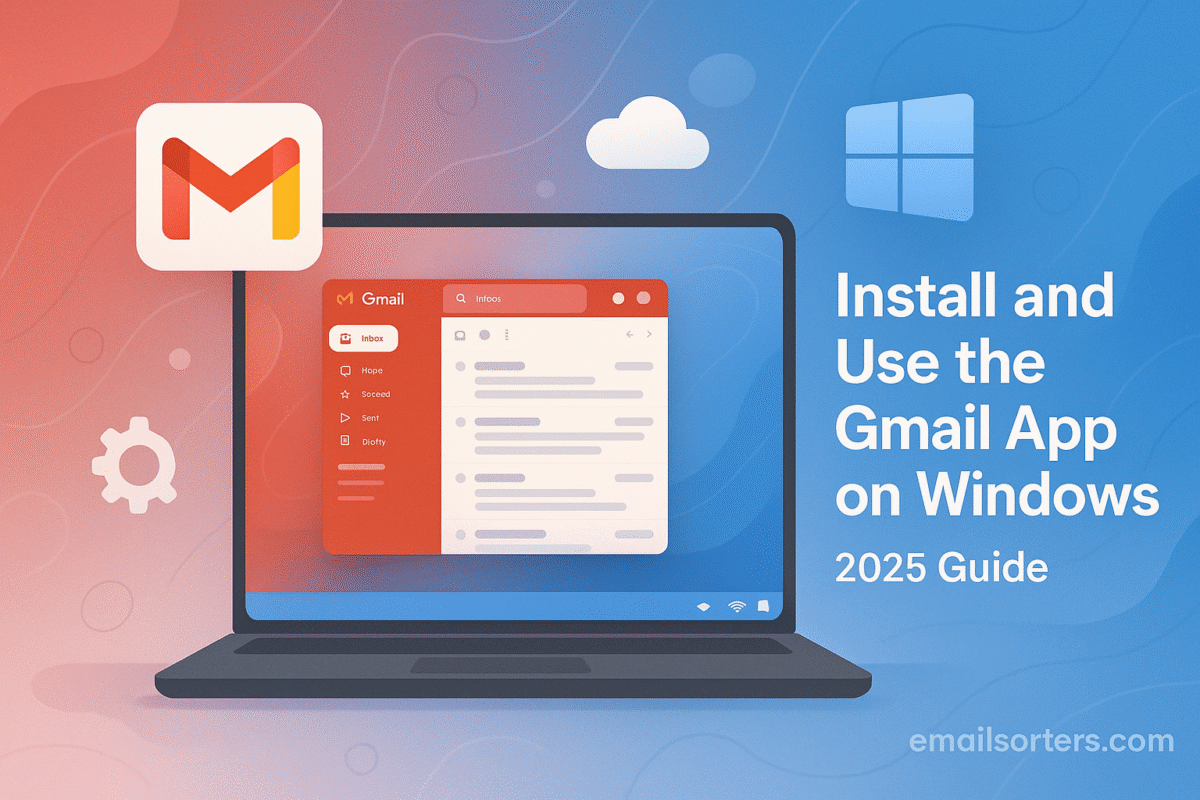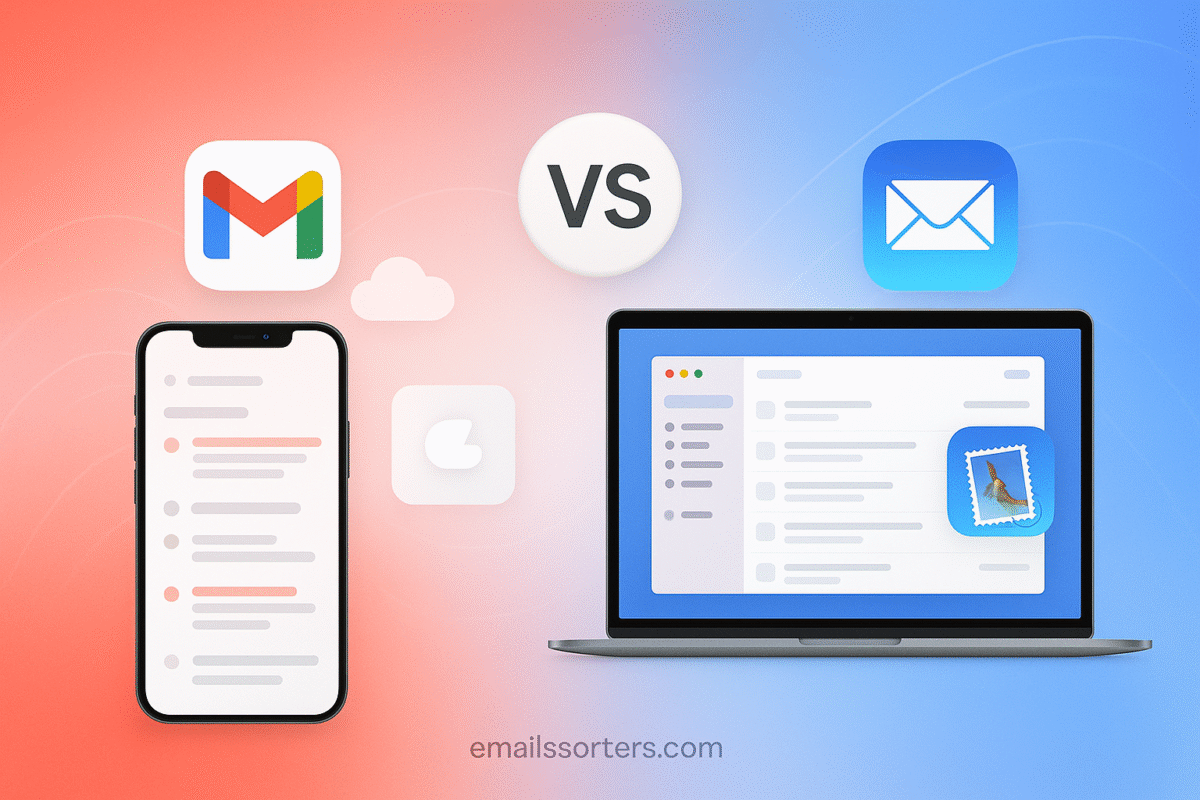Apple has been steadily improving its Mail app for years, but 2025 marks a big leap forward. With the launch of Apple Intelligence, Apple’s advanced machine learning and smart assistance system, Mail now delivers features designed to save time, cut through clutter, and make email more personal and efficient. Whether you’re a professional managing hundreds of messages daily or a student trying to stay on top of assignments, these updates promise to make a real difference.
In this guide, we’ll explore the newest Apple Intelligence Mail features available in 2025, how they work, and why they might change the way you use email on your iPhone, iPad, and Mac.
Overview of Apple Intelligence in Mail
Apple Intelligence is Apple’s integrated smart assistant system that uses on-device machine learning to provide smarter, more personalized experiences across apps. Unlike many competing email AI tools, Apple Intelligence keeps privacy at the forefront by performing most processing directly on your device rather than sending data to the cloud.
In the Mail app, Apple Intelligence now powers smarter sorting, quicker replies, enhanced search, and better reminders. These improvements are available on devices running iOS 18, iPadOS 18, and macOS Sequoia, though some features require the latest iPhone and Mac models equipped with Apple Silicon for optimal performance.
By combining AI-driven features with Apple’s signature focus on security and ecosystem integration, Apple Intelligence Mail aims to give users an inbox that works smarter, not harder.
Smarter Email Summaries
One of the standout updates in 2025 is automatic email summaries. Instead of forcing you to scroll through a lengthy chain of replies, Apple Mail now provides a quick digest of the conversation.
For example, if you receive a long project update from a colleague, Mail will highlight the key points; such as deadlines, assigned tasks, or attached files; so you can grasp the essentials without reading every detail. This feature is particularly valuable for business professionals who manage dozens of lengthy threads daily or for students receiving detailed assignment instructions.
Summaries appear at the top of long messages, and you can expand them if you want to dive into the full content. The result is less time spent sifting through emails and more time focusing on what matters.
Context-Aware Reply Suggestions
Replying to emails is faster than ever thanks to Apple Intelligence’s context-aware reply suggestions. Unlike basic canned responses, these suggestions are tailored to the specific message you receive.
For instance, if someone asks, “Can we meet tomorrow at 3 p.m.?” Mail might offer a quick reply option such as “Yes, that works” or “Can we do it later in the afternoon instead?” The system uses natural language understanding to craft meaningful replies that feel authentic rather than generic.
Professionals handling a high volume of communication benefit the most, since they can respond to routine emails in seconds without typing full messages. And because replies can be customized before sending, you retain full control over tone and accuracy.
Priority Inbox with Apple Intelligence
Sorting through a busy inbox can feel overwhelming, but the new Priority Inbox makes it more manageable. Powered by Apple Intelligence, this feature automatically separates important emails from less critical ones, ensuring that high-priority messages stay front and center.
The system learns from your behavior; who you reply to most often, which subjects you prioritize, and how quickly you respond; and uses that information to determine what belongs in your Priority Inbox. It also integrates with Focus mode, so during work hours you’ll see only the emails that matter most.
You can customize the Priority Inbox by marking senders as always important or adjusting the filter rules. Unlike Apple Mail’s previous “VIP” feature, the new system is more dynamic and adjusts automatically as your email habits evolve.
Enhanced Search with Natural Language Queries
Searching email can be frustrating if you don’t remember the exact subject line or sender. Apple Intelligence addresses this with natural language search in Apple Mail. Instead of typing rigid keywords, you can now search using everyday language.
For example, you can type or say:
- “Show me emails from Sarah last week”
- “Find the message about the Q1 budget report”
- “Where’s the flight confirmation from Delta?”
The search engine understands context and intent, delivering accurate results much faster than before. It also highlights the most relevant emails at the top, so you don’t waste time scrolling through unrelated results.
Compared with Gmail’s long-standing advanced search, Apple Mail now offers a more conversational and intuitive experience, keeping pace with competitors while maintaining Apple’s privacy-first approach.
Follow-Up and Reminder Features
Another welcome update is Apple Intelligence’s ability to help you stay on top of conversations with follow-up and reminder prompts.
If you receive an important email and don’t reply within a certain timeframe, Mail will gently nudge you with a reminder. Similarly, if you send an email that hasn’t received a response, Mail can highlight it and suggest following up.
This feature is particularly useful for professionals managing client communications or students coordinating with professors. Instead of manually setting reminders in a calendar, you get context-aware prompts right in your inbox.
All reminders sync across your Apple devices, so whether you’re on your Mac, iPad, or iPhone, you’ll never miss a follow-up opportunity.
Advanced Attachment Handling
Managing attachments can be a headache, especially when dealing with multiple large files. With Apple Intelligence, Mail now provides smart previews and suggestions for attachments.
For example, if a colleague sends a PDF report, Mail might offer the option to open it directly in the Books app, save it to iCloud Drive, or share it with Notes for quick reference. Images, spreadsheets, and presentations benefit from similar smart actions.
Apple Intelligence also detects when an email references an attachment you haven’t added; for example, if you type “See attached file” but forget to include one, Mail will prompt you before sending. This small but powerful feature reduces errors and saves time in professional communication.
Privacy and On-Device Processing
Apple has built its reputation on protecting user privacy, and Apple Intelligence Mail is no exception. Unlike many email clients that process data in the cloud, Apple Intelligence performs the bulk of its analysis directly on your device.
This means your emails are not sent to external servers for AI processing. Instead, machine learning models run locally, using the power of Apple Silicon chips to deliver fast and private results. For sensitive communications; whether business contracts, medical updates, or personal information; this ensures your data stays secure.
Apple also emphasizes data minimization. Mail only processes the information needed to provide a feature, such as summarizing an email or suggesting a reply, and nothing is stored or shared without permission. For many users, this approach makes Apple Intelligence a safer alternative to AI-driven features in competing apps.
Integration with Apple Ecosystem
Apple Intelligence Mail doesn’t operate in isolation; it integrates deeply with the broader Apple ecosystem. This creates a seamless experience across your iPhone, iPad, and Mac.
For example, if you receive an email about a meeting, you can instantly add it to Calendar with one tap. If a message includes a list of tasks, you can convert them into Reminders directly from Mail. Attachments can be saved to Notes or iCloud Drive with smart suggestions, making it easier to keep projects organized.
This tight ecosystem integration is one of Apple Mail’s biggest strengths in 2025. It eliminates the need for third-party plugins or complicated workflows, ensuring everything stays synced and accessible across devices.
Real-World Use Cases in 2025
The new Apple Intelligence Mail features aren’t just technical upgrades; they’re practical tools for everyday life.
For business professionals: The Priority Inbox and follow-up reminders ensure client emails never slip through the cracks. Smart attachment suggestions make it easy to manage contracts, presentations, or invoices without wasting time.
For students: Summaries of long email threads help cut through clutter from professors or group projects. Natural language search makes it easy to find assignment deadlines or course announcements quickly.
For remote workers: Context-aware replies and integration with Focus mode help reduce distractions while staying on top of team communication. Meanwhile, the offline capabilities of Mail ensure you can keep working even without a reliable internet connection.
These scenarios highlight how Apple Intelligence Mail adapts to different users’ needs, proving its value in both personal and professional settings.
Pros and Cons of Apple Intelligence in Mail
While Apple Intelligence Mail offers impressive upgrades, it’s worth weighing the benefits against potential drawbacks.
Pros:
- Smarter email summaries save time on long threads
- Context-aware reply suggestions make communication faster
- Priority Inbox adapts to your habits and integrates with Focus mode
- Natural language search delivers quick, accurate results
- Privacy-first with on-device processing
- Seamless integration with Calendar, Reminders, and Notes
- Attachment prompts prevent missing files in outgoing emails
Cons:
- Some features require the latest Apple devices with Apple Silicon
- Users who prefer manual control may find automation intrusive
- Learning curve for adjusting to new AI-driven features
- Limited customization compared to third-party email clients like Spark or Superhuman
- May not work as smoothly with non-iCloud email accounts
How to Enable Apple Intelligence Mail Features
If you want to activate Apple Intelligence in Mail, follow these steps on macOS Sequoia or iOS 18:
- Open Settings on your iPhone or System Settings on your Mac.
- Go to Mail > Apple Intelligence Features.
- Toggle on options such as Summaries, Priority Inbox, and Reply Suggestions.
- Grant Mail permission to process data locally (privacy notice will appear).
- Restart the Mail app to apply changes.
If features don’t appear, check that your device is updated to the latest OS version and supports Apple Intelligence.
Apple Intelligence Mail vs Competitors in 2025
When compared to other email apps, Apple Mail with Intelligence stands out for its privacy-first approach and ecosystem integration.
- Gmail: Still strong in search and integrations, but relies more on cloud processing, raising privacy concerns for some users.
- Outlook with Copilot: Offers powerful AI features, especially for business users, but feels heavier and more complex than Apple Mail.
- Superhuman: Known for speed and productivity, but comes with a high subscription fee. Apple Mail offers similar smart features for free.
Apple Intelligence Mail may not beat competitors in every category, but its balance of privacy, smart features, and native ecosystem support makes it highly competitive.
Conclusion
Apple Intelligence Mail in 2025 delivers a major step forward for email on iPhone, iPad, and Mac. With features like smart summaries, context-aware replies, a Priority Inbox, and privacy-first design, it’s more than just a mail app; it’s a productivity tool tailored to your needs.
For users already in the Apple ecosystem, enabling these features is a no-brainer. They save time, reduce clutter, and keep communication secure without needing third-party apps or subscriptions.
FAQs
1. Do I need the latest iPhone or Mac to use Apple Intelligence Mail?
Yes. While some features run on older devices, the full Apple Intelligence suite requires Apple Silicon (M1 or later) for optimal performance.
2. Can I disable specific Apple Intelligence features?
Yes. In Mail settings, you can turn off individual features like Priority Inbox or Reply Suggestions while keeping others enabled.
3. Is my email data stored on Apple servers?
No. Apple Intelligence processes data on-device. Your email content is not sent to Apple servers for analysis.
4. How accurate are the new reply suggestions?
They’re highly accurate for routine messages, but you can always edit or reject a suggestion before sending.
5. Does Apple Intelligence work with non-iCloud email accounts?
Yes, it works with Gmail, Outlook, and other IMAP/POP accounts, though some integrations (like Calendar and Reminders) work best with iCloud.




